How to Make Chocolate Chip Cookies Chewy, Gooey, Crunchy, or Cakey
There are three things most people agree you should never talk about in polite company: politics, religion, and money. If you ask someone who they voted for, where they worship, or how much they make, you’re basically begging for intense debate, name-calling, and hurt feelings.
We propose an amendment to this commonly accepted rule: Never, under any circumstances, ask someone how they like their chocolate chip cookies—unless you’re ready for a fight.
People are passionate about their favorite cookie’s textures and flavors.
Team Chewy and Team Crunchy are never going to meet in the middle. It just ain’t gonna happen.
Luckily, however, there are countless ways to hack a basic chocolate chip cookie.
If you’ve ever wondered how different recipe tweaks can produce such different cookies, you’ve come to the right place.
Related: Our Best Chocolate Chip Cookie Recipes
How to Make Chocolate Chip Cookies
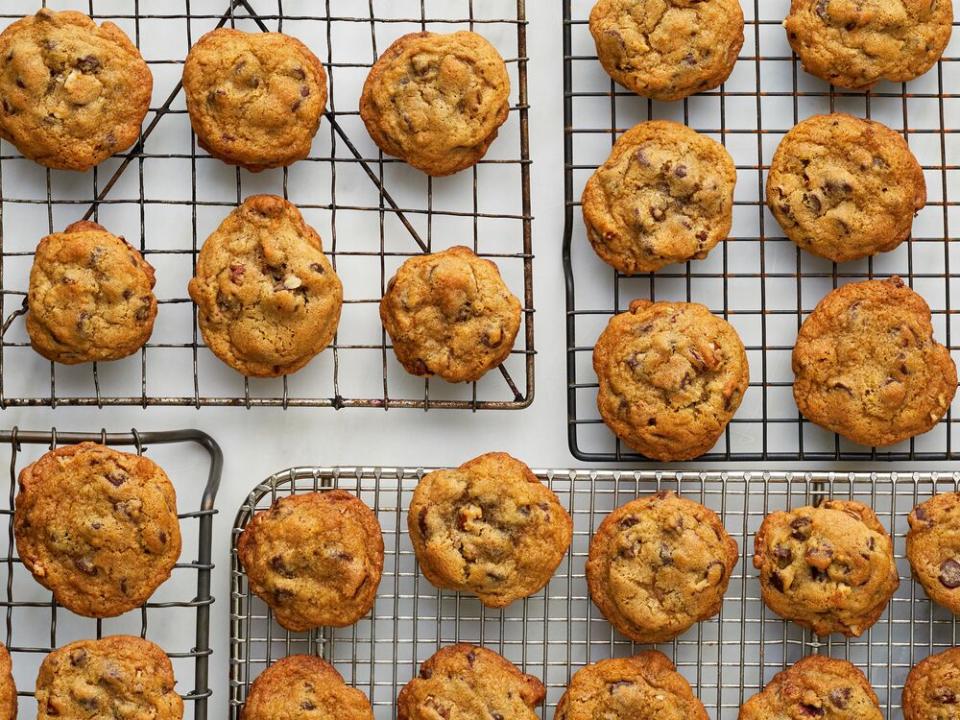
Chocolate chip cookies are drop cookies (formed by dropping spoonfuls of dough onto a baking sheet) made with chocolate chips or morsels.
Since its invention in 1938, the incredibly popular cookie has become an American staple. This is largely due to successful marketing campaigns from Nestle, but it’s also because the basic recipe is, well, basic—but in the very best way.
Because of its simplicity, bakers are able to adapt the recipe to produce cookies made specifically for different palates.
Most chocolate chip cookie recipes call for a combination of these ingredients:
Sugar (brown, white, or both)
Flour
Salt
Eggs
A leavening agent like baking soda or baking powder
A fat like butter, shortening, or oil
Vanilla
Semi-sweet chocolate chips
Also, regardless of the amounts of each ingredient used, most recipes follow this basic structure:
Fats and sugars are creamed with a spoon or mixer
Eggs and vanilla are added to the mixture
Flour, leavening agent, and chocolate are added last
Dough is dropped onto baking sheet and baked
Now that you have the basic framework, use these simple hacks to personalize your chocolate chip cookie experience.
If you like your cookies...
Soft and Chewy
Brown Sugar Only
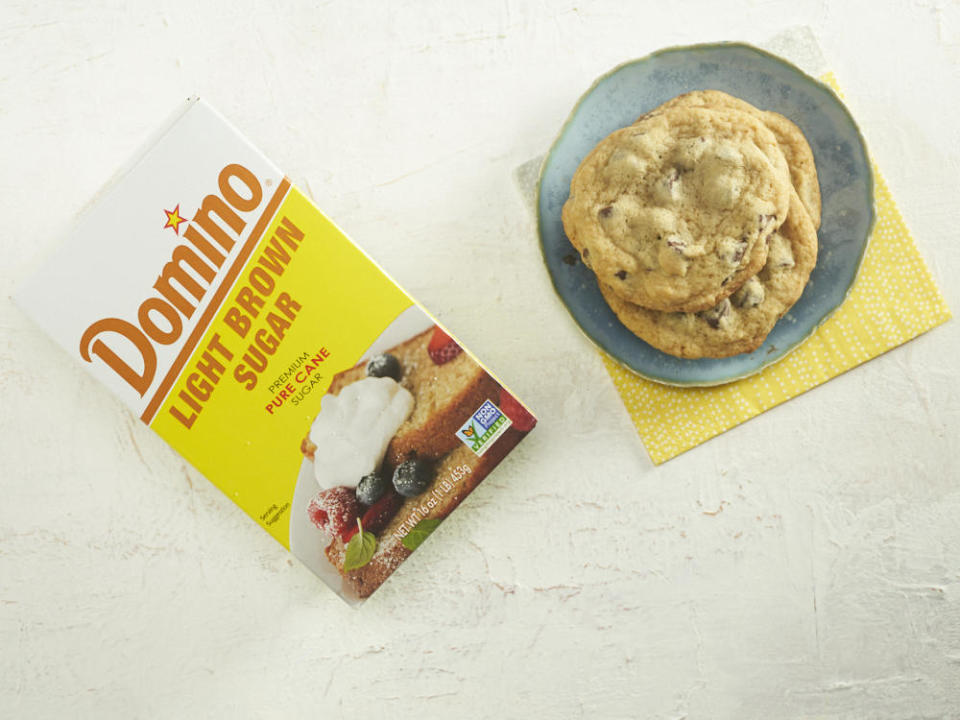
Brown sugar works in two ways here: 1. It gives the cookies a rich, toffee-like flavor that you won’t get from white sugar alone and 2. It has a higher moisture content than white sugar, so it yields softer cookies.
Most chocolate chip cookie recipes call for both kinds of sugar. They balance each other out to create a crowd-pleasing cookie that’s not polarizing in any way.
However, if you’re a fan of super soft and super chewy cookies, consider using exclusively brown sugar in your next batch.
Bake time can also affect the texture of your cookies. As anyone who’s accidentally over-baked cookies knows, they get dryer and crunchier the longer they’re in the oven. Closely monitor your cookies while they’re baking to make sure they don’t dry out.
Get the recipe: Thick, Chewy Chocolate Chip Cookies
Crisp and Crunchy
Granulated Sugar Only
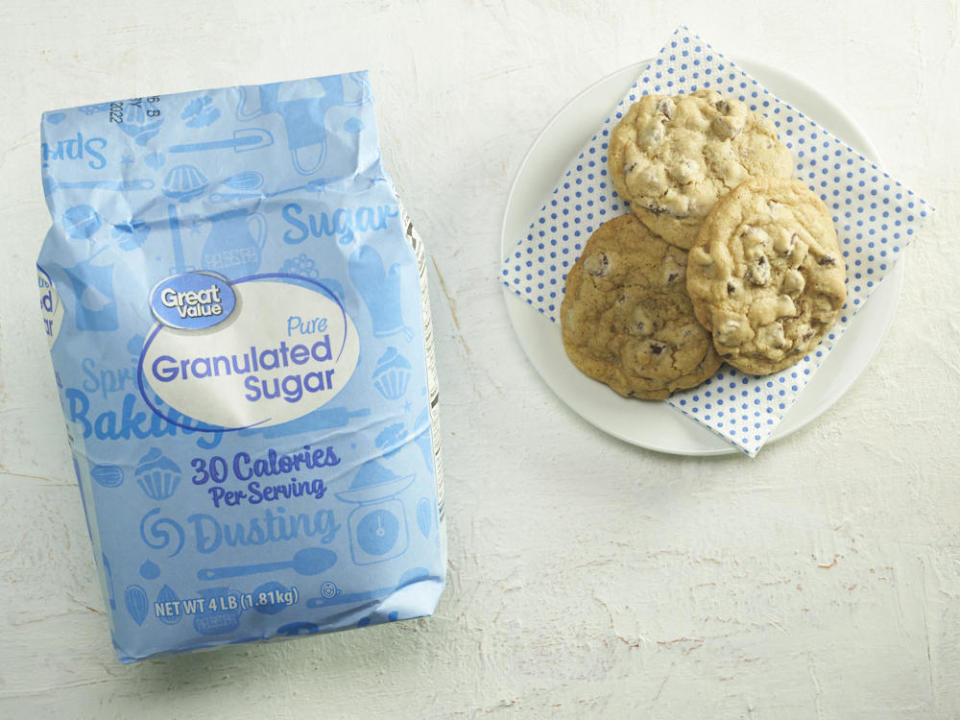
Since it has less moisture than brown sugar, regular ol’ granulated white sugar helps produce that crispy texture some cookie fans are so fond of.
Excluding brown sugar entirely will only amplify that effect.
Get the Recipe: All-Time Favorite Chocolate Chip Cookies
Gooey and Decadent
Use Oil Instead of Butter
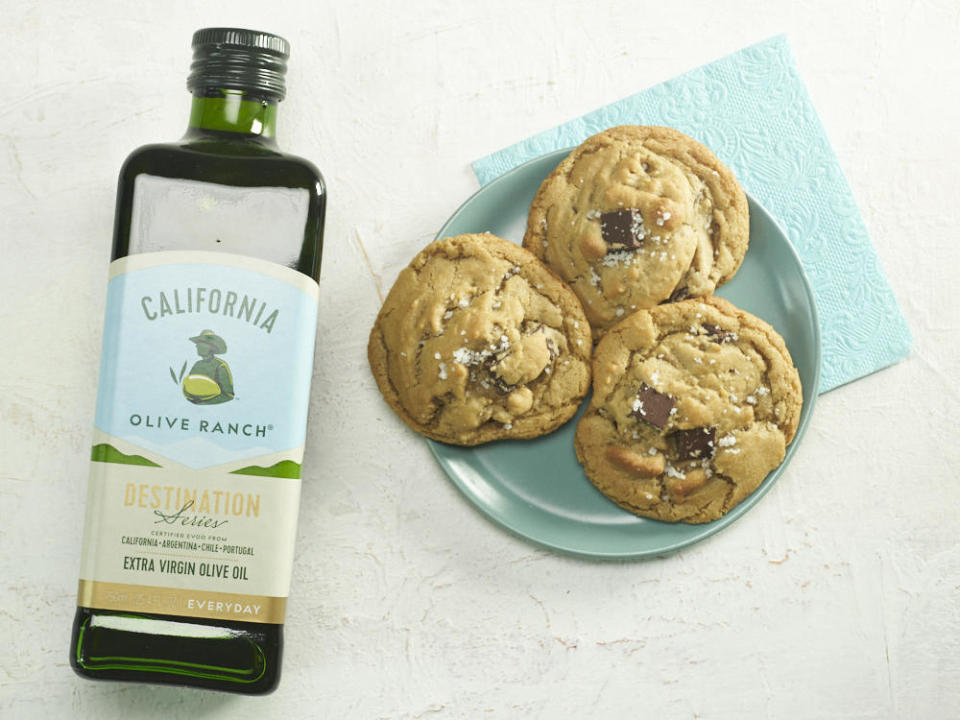
Though solid and liquid fats certainly aren’t interchangeable, substituting an oil for butter is a great way to get the ooiest, gooiest chocolate chip cookies you’ve ever tasted.
This works with vegetable oil, olive oil, or coconut oil—but we absolutely love how olive oil’s subtle fruitiness complements the rich chocolate chips.
One thing to note: Butter is 80 percent fat, while oil is 100 percent fat. This means you’ll have to use less oil than you would butter.
Unless you’re a seasoned baker, it’s probably best not to try to adapt a cookie recipe on your own. Instead, choose a recipe that is specifically designed for oil. If you accidentally use too much oil, you’ll end up with a greasy, flat, all-around unimpressive mess.
Get the recipe: Olive Oil Chocolate Chip Cookies
Light and Cakey
Baking Powder Only
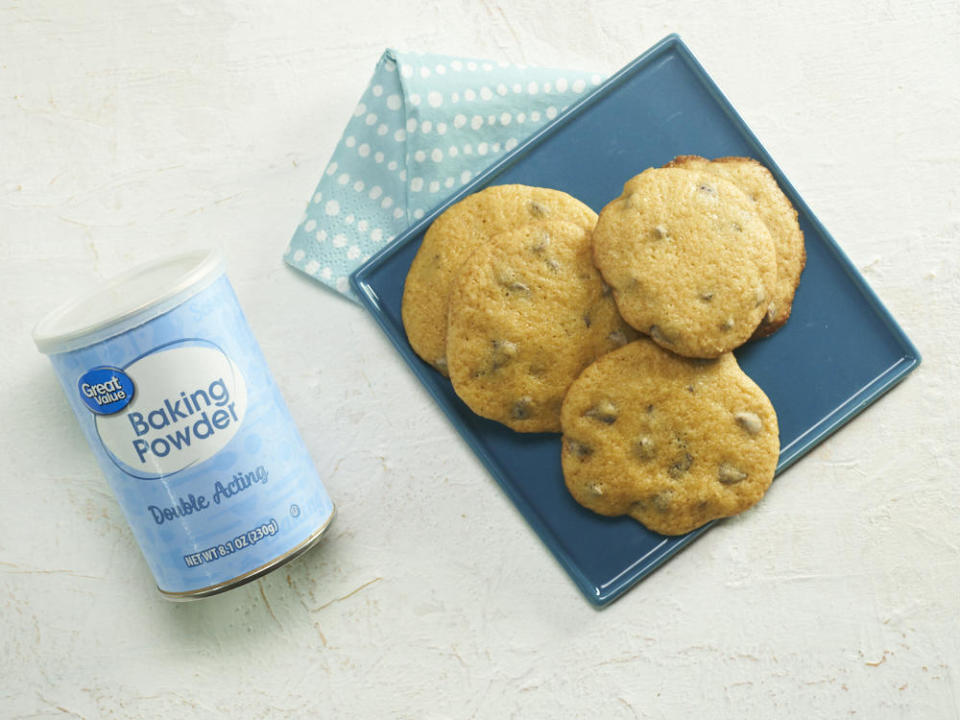
Leaveners, like baking soda and baking powder, help cookies rise.
Many cookie recipes call for baking soda and baking powder. Others call only for baking soda.
Here’s the thing: Baking soda, which reacts with an acid, causes cookies to spread.
Baking powder, meanwhile, uses the dough’s moisture to react with itself. It also reacts at room temperature and again in the oven. All this reacting gives it extra lifting power, making your cookies light, airy, and cake-like.
Get the Recipe: Puffed-Up Chocolate Chip Cookies

